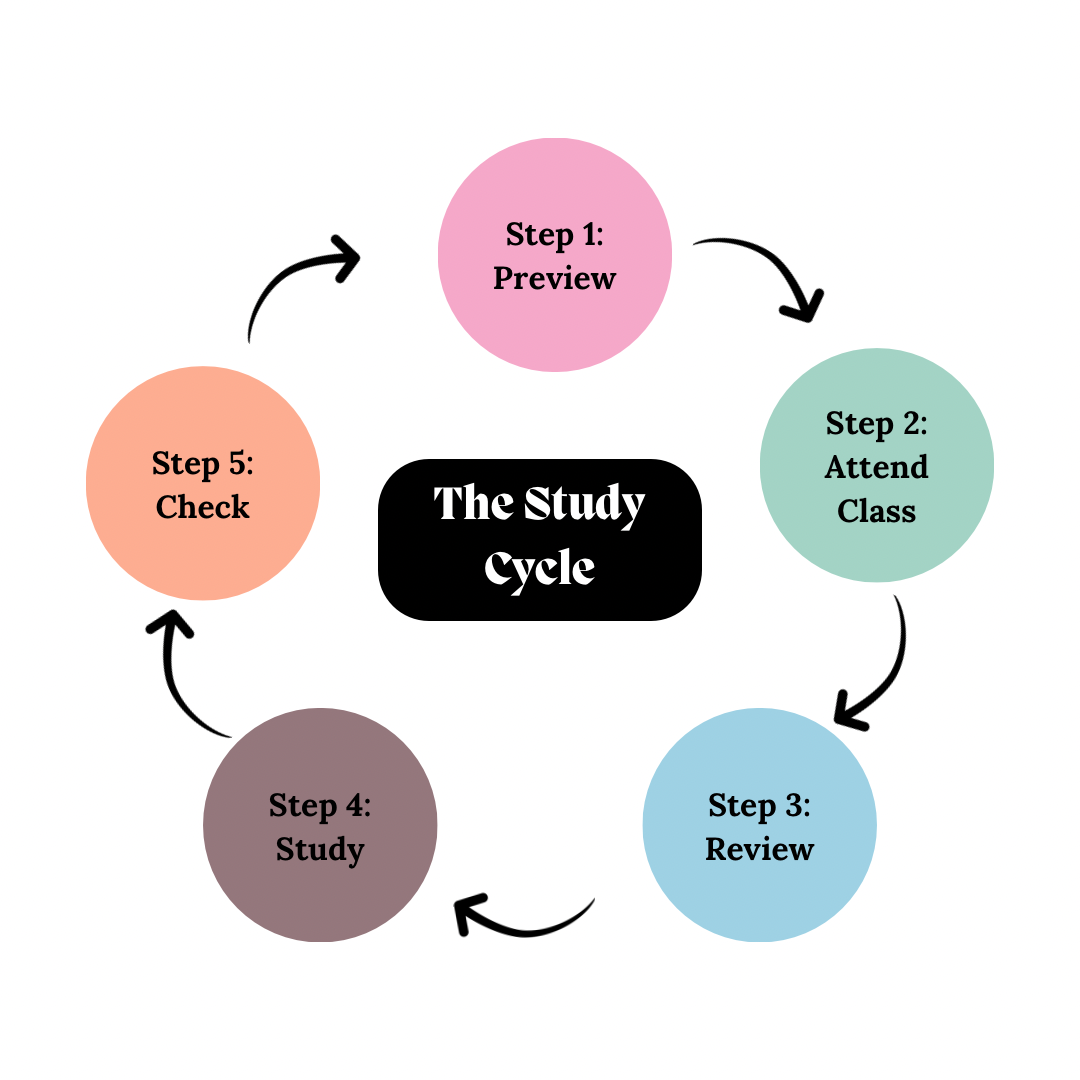
She sets aside an hour each morning to take care of herself. She showers, gets ready for the long day ahead, loads up the car and then has breakfast. All of these daily activities start at 4:30 a.m. By 5:45, her motherly duties start as she wakes up her two-year-old daughter. As a mother in a young family and senior Advertising/Public Relations major, Laura Dangerfield embraces the life of a commuter student.
The Dangerfield family travels from Pampa, Texas four days each week for classes. Both Laura and her husband are current students at West Texas A&M University.
“On Mondays and Wednesdays my husband has classes so he rides with us,” Dangerfield said. “We get to campus around 7:30 a.m. so we can drop our daughter off at daycare. Then we find parking, which is usually pretty easy at that time.”
Travis, Laura’s husband, attends class once a week on Monday nights, which makes their commute back home a late one.
“We don’t leave campus until 9:30 p.m., and that puts us getting home around 11,” Dangerfield said. “When we get home I have to get our daughter to bed and all our backpacks ready for the next day.”
The Dangerfields have had to adapt to multiple schedules over the past few semesters, including their daughter’s. For both mommy and daddy to attend classes, they had to figure childcare into the mix. Last spring, their childcare facility was in Pampa, and they had to make multiple trips back and forth to accommodate pick-up times and night classes.
“I put a lot of miles on my car with all of that,” Dangerfield said. “It would be nice if I could get my class schedule down to two days a week, but every semester I end up having to drive over Monday through Thursday.”
Dangerfield doesn’t let the long drives and hectic school schedule get to her. She makes time to be active in university organizations and attends weekly meetings with the Ad/PR Society and the National Broadcasting Society. Besides these two organizations, Dangerfield plans on traveling to South Korea in the summer as part of a study abroad trip with the Mass Communication Program.
But the Dangerfields are not the only students that commute to campus.
“Traditionally, commuters are students who don’t live on campus or here in Canyon,” Jarvis Hampton, Director of Institutional Research, said. “Commuters make up about 65% of our population this fall.”
The Office of Institutional Research primarily deals with enrolled students and bases this statistic off of students currently enrolled.
“We’re expecting the number of commuting students enrolled to rise in the future,” Jarvis said.
One city that sends commuter students to WT is Amarillo. WT is a local university to many students and brings the close to home feeling to the community while allowing for some students to live at home. Jackie Phommahaxay, current Amarillo resident and commuter, is one of those students. Though she doesn’t juggle a family like Dangerfield, she still has to figure in a work schedule when commuting to campus.
“I just come to school and then after I go to work,” Phommahaxay said. “I work part-time but it’s about 28 hours a week and then I go full-time at school. My family is in Amarillo and my job is in Amarillo, so I think it’s just easier to live there.”
There are many qualities that bring commuter students to WT besides location, price being one of them. The WT website offers a breakdown for tuition costs for incoming freshmen. According to the website and to The College Board’s “Annual Survey of College,” tuition for U.S. students attending WT is $7,629 and $8,244 for students attending a public university in their home state.
“I’ve always wanted to go far away, but I’ve had a lot of friends who came here and are doing cool things now,” Phommahaxay said. “I always thought of WT as a downgrade, but it really isn’t. The professors know a lot of people, and that was really surprising to me.”
The university states on its website, “Recognizing a sizable proportion of our students are commuter and/or non-traditional students, the University offers a wide range of student support services for part-time and non-traditional students in addition to being a residential campus. While traditional course delivery systems are the predominate means of offering classes and programs, WTAMU is committed to offering on-line programs and on-line courses.”
This accommodation is often appealing for prospective students, and though commuting can often take an hour and a half, some consider the drive worth it.
“I really don’t mind driving back and forth,” Dangerfield said. “I consider it my investment in my education and my family’s future.”













